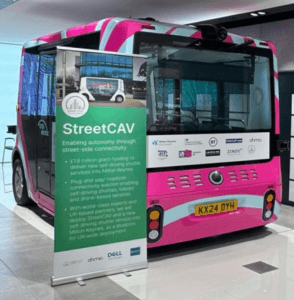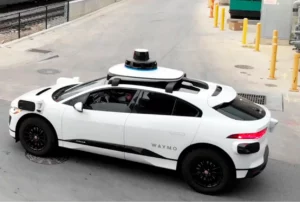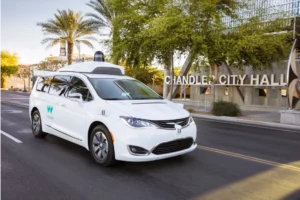A new study in Canada is suggesting people are not ready to wholeheartedly embrace the concept of self-driving cars, so there will need to be a period of gradual transition before adoption.
The study at the University of British Columbia reveals mixed perceptions of automated vehicles, particularly their effects on pedestrian comfort and safety.
Four out of 10 participants (41%) thought that pedestrians faced reduced safety and comfort levels in SDV interactions compared to conventional human-driven vehicles. In contrast, 34% viewed SDV interactions more favourably, while 25% reported no bias in either direction.
The study engaged 1,133 participants from across BC and aimed to assess public sentiment toward self-driving vehicles. Participants watched eight video clips showing interactions between pedestrians and vehicles at crossings. Half of the vehicles were labelled as self-driving, while the other half were marked as human-driven. In fact, all the vehicles in the videos were operated by humans, a test design that allowed the researchers to detect biases in perceptions.
“People who harbour anxiety or discomfort regarding new technology were more likely to hold a negative bias against SDVs. Similarly, residents in the Lower Mainland tended to adopt a more critical viewpoint, likely because there are more pedestrians in this urban region,” noted Gurdiljot Gill, a civil engineering PhD candidate who conducted the study.
Opinions also diverged on the broader question of permitting SDVs on public roads. Among those surveyed, 55% voiced support for allowing shared SDVs, such as taxis or shuttles, while 48% backed privately owned vehicles.
However, there was marked consensus around regulation: up to 92% of participants approved of rules such as ensuring driverless cars have identifying marks and requiring a human driver in the driver’s seat, prepared to take control in an emergency.
(Picture – University of British Columbia)



























